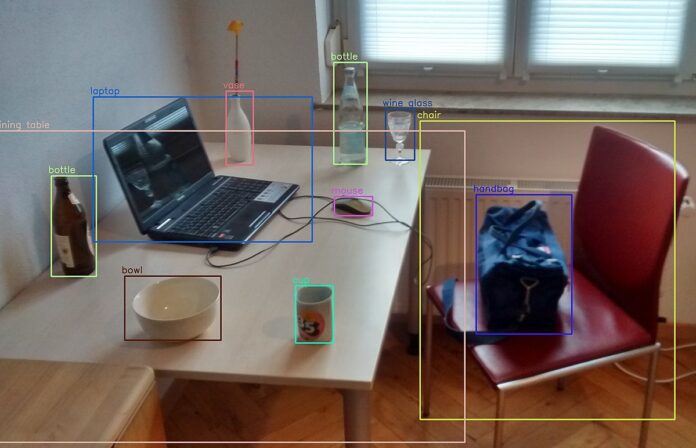Object detection is a field of computer vision that involves the identification and location of objects in digital images or videos. It has numerous applications in various fields such as robotics, surveillance, and autonomous driving. In this article, we will discuss the basics of object detection in computer vision.
Object detection involves several steps, including image preprocessing, feature extraction, object localization, and classification.
Image Preprocessing Image preprocessing involves cleaning and preparing the image for analysis. This step includes resizing, cropping, and normalizing the image to reduce the complexity of the analysis.
Feature Extraction Feature extraction involves extracting important features from the image that help in object detection. The features may include edges, corners, textures, and colors. These features are used to distinguish objects from the background and other objects.
Object Localization Object localization involves identifying the location of objects in the image. This is done by identifying the bounding box around the object. The bounding box is a rectangle that encloses the object in the image.
Classification Classification involves identifying the type of object detected in the image. This can be done using a variety of algorithms, such as neural networks, decision trees, and support vector machines.
Object detection algorithms can be broadly classified into two categories: one-stage and two-stage detectors.
One-Stage Detectors One-stage detectors use a single network to perform both object localization and classification. These detectors are faster but less accurate than two-stage detectors. Examples of one-stage detectors include YOLO (You Only Look Once) and SSD (Single Shot Detection).
Two-Stage Detectors Two-stage detectors use separate networks for object localization and classification. These detectors are slower but more accurate than one-stage detectors. Examples of two-stage detectors include R-CNN (Region-based Convolutional Neural Network) and its variants, such as Fast R-CNN and Faster R-CNN.
Object detection algorithms also use different methods for object localization, including sliding window, region proposal, and anchor-based methods.
Sliding Window The sliding window method involves sliding a window of fixed size over the entire image and classifying the contents of each window. This method is computationally expensive and time-consuming.
Region Proposal The region proposal method involves identifying regions in the image that may contain an object and then classifying the contents of each region. This method is faster than the sliding window method but still computationally expensive.
Anchor-based The anchor-based method involves placing anchor boxes of different sizes and aspect ratios at various positions in the image and classifying the contents of each anchor box. This method is faster than the region proposal method and can handle objects of different sizes and shapes.
In conclusion, object detection is an important field in computer vision that has numerous applications. It involves several steps, including image preprocessing, feature extraction, object localization, and classification. Object detection algorithms can be categorized into one-stage and two-stage detectors, and different methods can be used for object localization, including sliding window, region proposal, and anchor-based methods. Understanding these basics is crucial for anyone interested in object detection and related fields.





